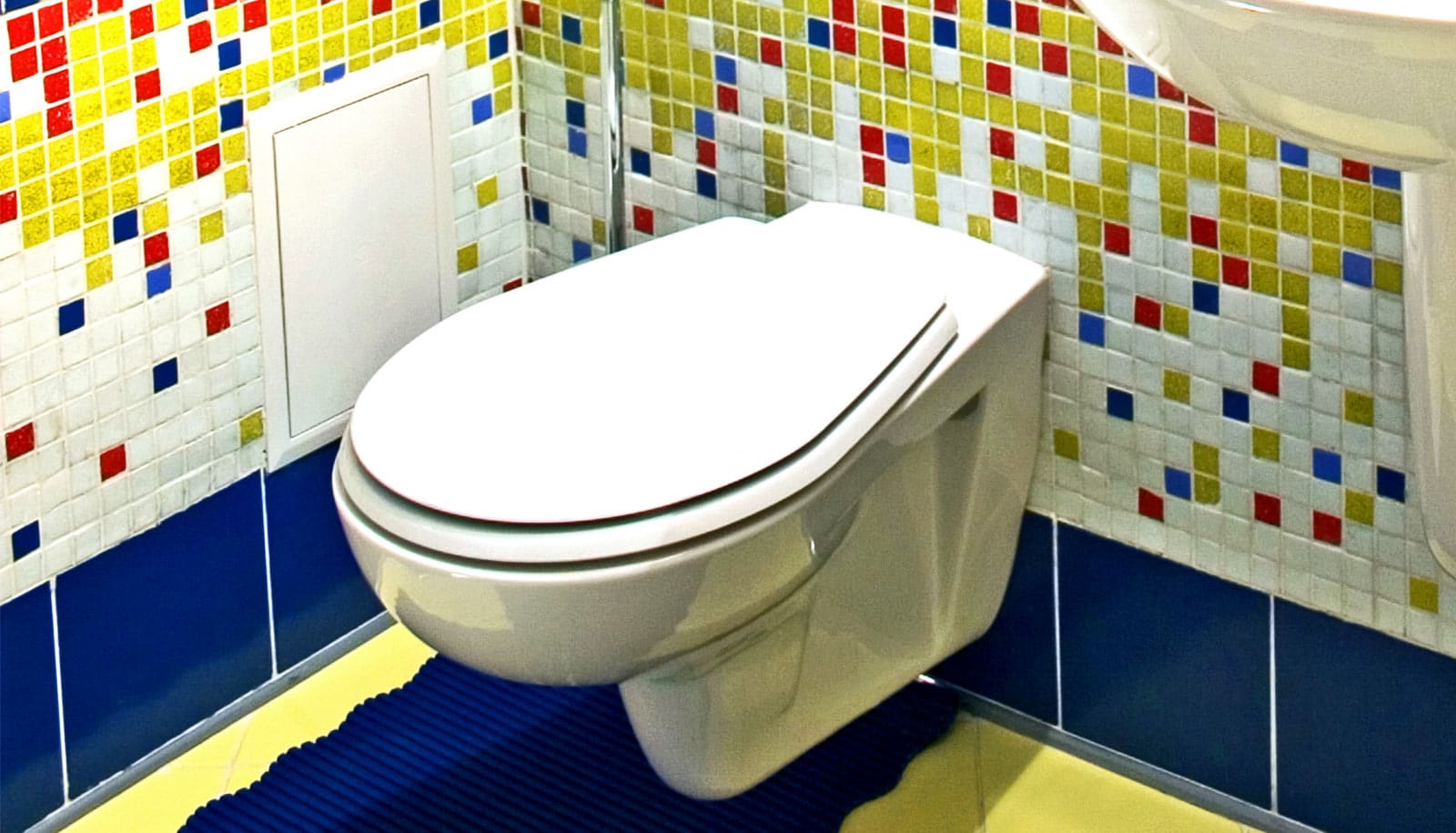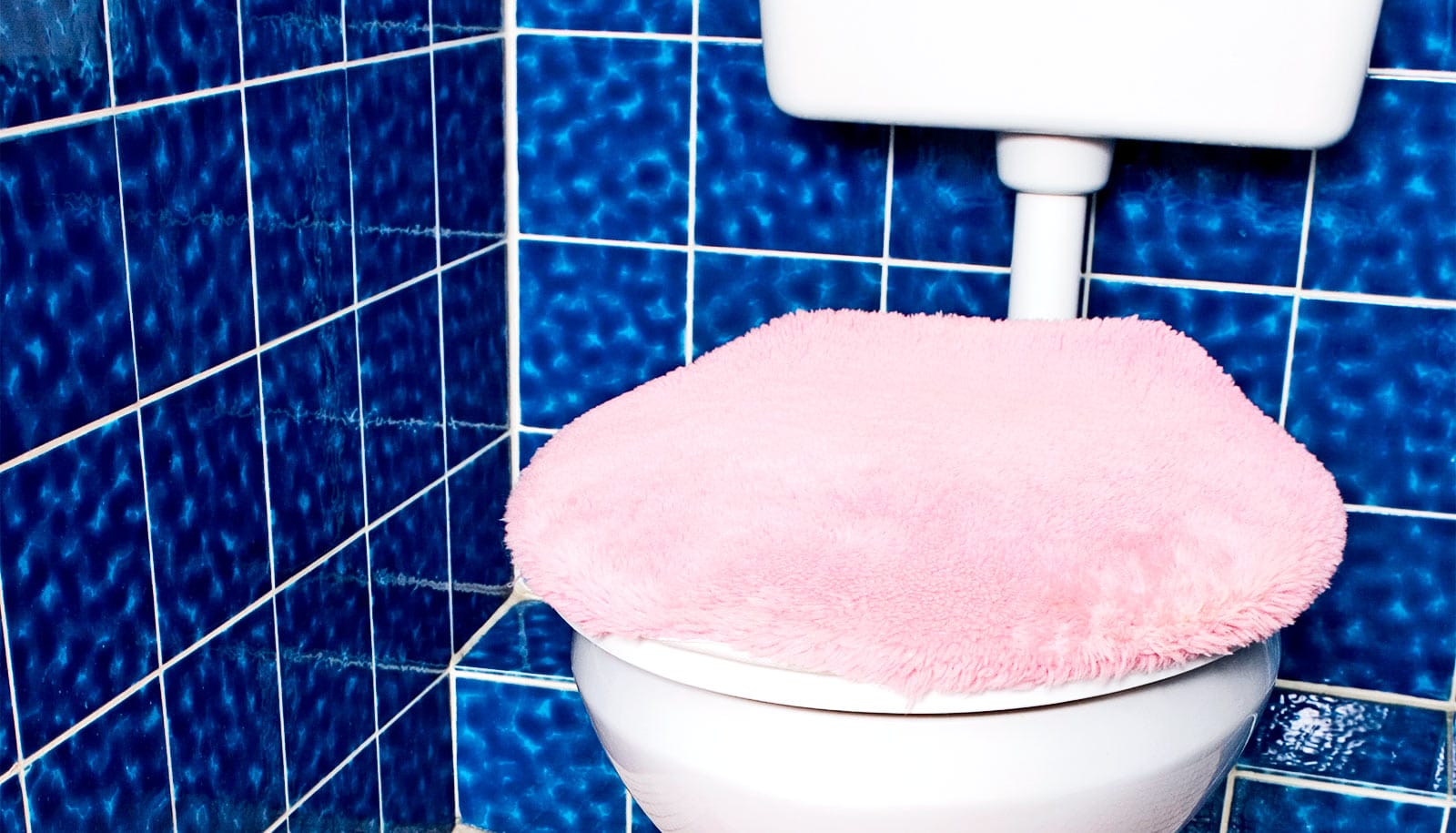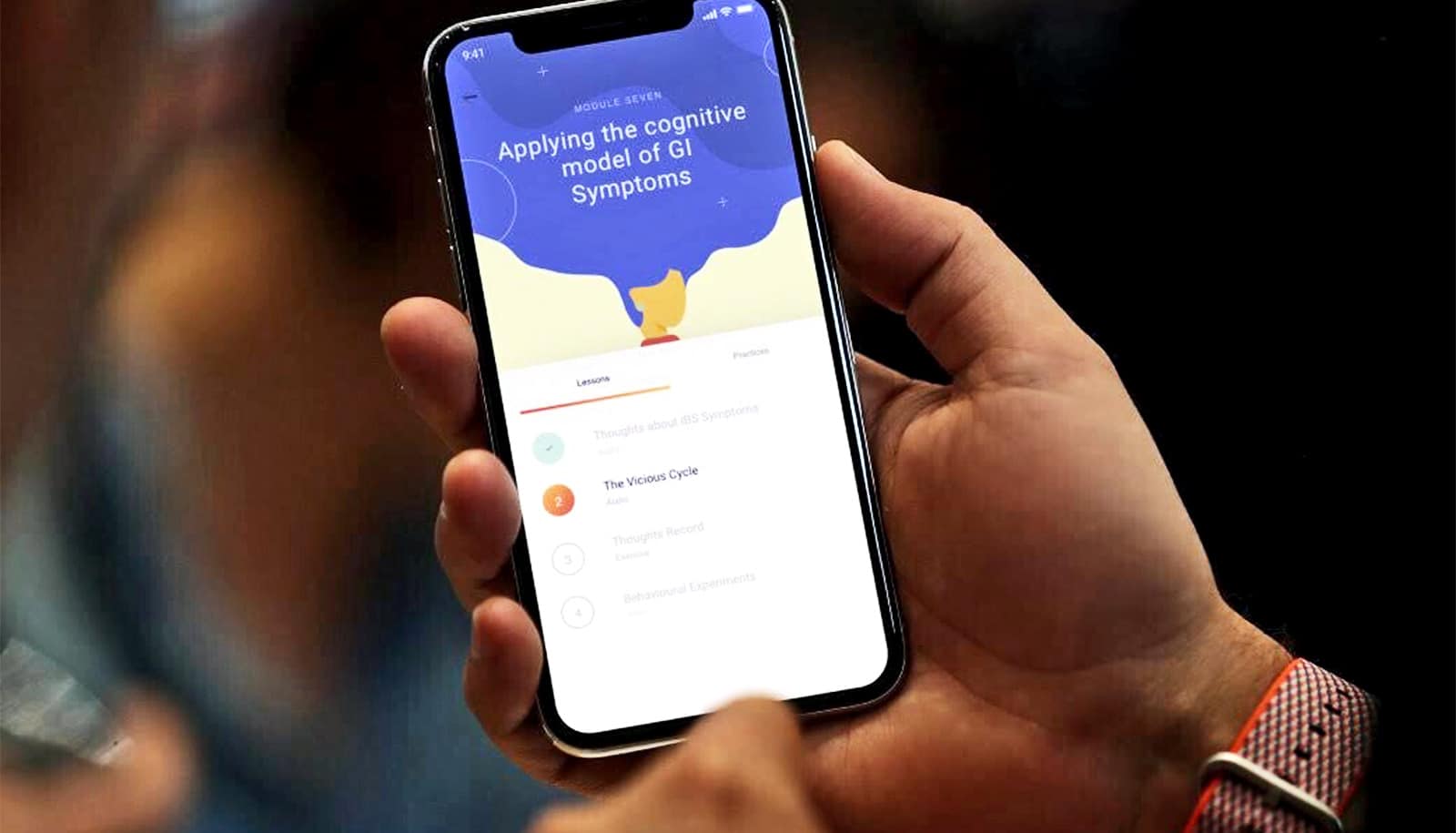Researchers are developing an artificial intelligence tool for toilets that could help analyze patient stool.
The technology could give gastroenterologists the information they need to provide appropriate treatment for chronic issues such as inflammatory bowel disease and irritable bowel syndrome.
“Typically, gastroenterologists have to rely on patient self-reported information about their stool to help determine the cause of their gastrointestinal health issues, which can be very unreliable,” says Deborah Fisher, associate professor of medicine at Duke University and one of the lead authors of the study.
“Patients often can’t remember what their stool looks like or how often they have a bowel movement, which is part of the standard monitoring process,” Fisher says. “The Smart Toilet technology will allow us to gather the long-term information needed to make a more accurate and timely diagnosis of chronic gastrointestinal problems.”
For example, the Smart Toilet could help diagnose a flare of inflammatory bowel disease (IBD) or monitor the response to a drug or diet treatment. Installing the technology in bathrooms in a long-term care facility, could improve initial diagnosis of acute conditions.
The technology can be retrofitted within the pipes of an existing toilet. Once a person has a bowel movement and flushes, the toilet will take an image of the stool within the pipes. The data collected over time will provide a gastroenterologist a better understanding of a patient’s stool form (i.e., loose, normal, or constipated) and the presence of blood, allowing them to diagnose the patient and provide the right treatment for their condition.
To develop the artificial intelligence image analysis tool for the Smart Toilet, researchers analyzed 3,328 unique stool images found online or provided by research participants. All images were reviewed and annotated by gastroenterologists according to the Bristol Stool Scale, a common clinical tool for classifying stool. Using a convolutional neural network, a type of deep learning algorithm that can analyze images, researchers found that the algorithm accurately classified the stool form 85% of the time and gross blood detection was accurate in 76% of the images.
“We are optimistic about patient willingness to use this technology because it’s something that can be installed in their toilet’s pipes and doesn’t require the patient to do anything other than flush,” says Sonia Grego, founding director of the Duke Smart Toilet Lab and a lead researcher of the study. “This could be especially useful for patients who may not be able to report their conditions, such as those who live in a long-term care facility.”
The prototype has promising feasibility, but it is not yet available to the public. Researchers are developing additional features of the technology to include stool specimen sampling for biochemical marker analysis that will provide highly specific disease data to meet the needs of patients and gastroenterologists.
The researchers presented their work at the virtual conference Digestive Disease Week 2021.
Source: Kathleen Petty for Duke University



